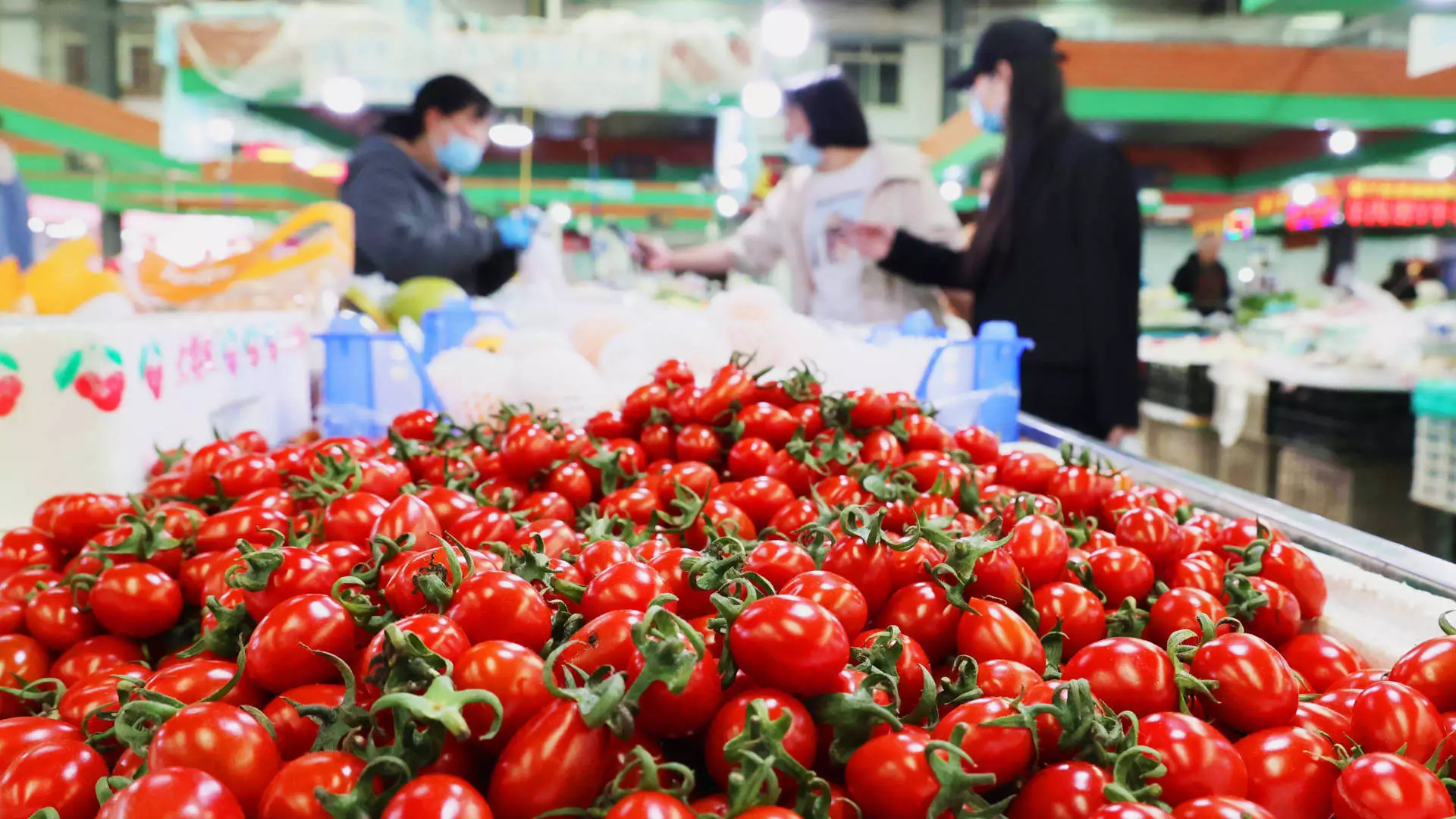In October, China’s economic situation presented a complex tapestry woven with signs of stagnation. As reported by the National Bureau of Statistics, consumer prices experienced a modest increase of 0.3% year-on-year, marking a deceleration from the previous month’s 0.4%. This represents the slowest growth in consumer prices seen in four months. Concurrently, the realm of producer prices revealed a grimmer reality, with a year-on-year decline of 2.9% observed in October, deepening from a previously noted 2.8% drop in September. These developments take place against a backdrop of heightened stimulus measures enacted by the Chinese government, aiming at revitalizing a faltering economy.
China’s recent stimulus package, valued at a staggering 10 trillion yuan (approximately $1.4 trillion), was approved by its top legislative authority in an attempt to alleviate the burden of hidden debts on local governments. However, this initiative has not provided an immediate boost to consumer demand or economic activity, leading to skepticism among analysts regarding its efficacy in generating vibrant economic growth in the near term. Contrary to expectations, this measure evidently failed to invigorate consumption or address underlying economic challenges, prompting fears that it could ultimately fall short of catalyzing substantial recovery.
Economic expert Bruce Pang suggests that the impacts of stimulus policies deployed in late September were not yet evident, likely suppressed by the dynamics of the Golden Week holiday. This could imply that the reported CPI increase, although reflective of a mild upward trend on a broader scale, does not signify robust consumer activity. Moreover, with core inflation—computed by excluding volatile sectors such as food and energy—showing slight improvement at 0.2%, analysts speculate about the potential need for further interest rate cuts to stimulate economic recovery.
A pertinent factor contributing to the overall economic landscape is consumer sentiment, heavily influenced by the ailing real estate market. With around 70% of household wealth tied to real estate, consumers appear increasingly cautious, leading to tighter spending and reluctance to engage in consumption. The ramifications of this behavior manifest in persistent deflationary pressures within the economy, with a notable negative impact on overall demand.
Amidst these circumstances, projections for inflation remain subdued. Analyses from Goldman Sachs indicate a continued low consumer inflation rate of approximately 0.8% through 2024, while producer prices may not shift back into positive territory until the third quarter of 2025. This raises concerns regarding deflationary scenarios that could hinder economic growth.
The deterioration in the producer price index has been most severe in sectors such as petroleum extraction, chemical manufacturing, and automobile production. These industries have experienced significant deflation, reflecting broader challenges faced within the manufacturing sector and its implications for the national economy. The disheartening trend in factory-gate prices signifies not only declining demand but also potential vulnerability to external shocks and global market fluctuations.
The government’s assurance of forthcoming stimulus measures, such as revised tax policies aimed at bolstering the housing market and initiatives to recapitalize banks, do provide a glimmer of hope. Nevertheless, the need for a balanced approach is paramount, ensuring that policies are crafted not only to address immediate concerns but also to cultivate long-term economic resilience.
While China’s economic landscape faces significant hurdles marked by tepid inflationary pressures and deepening deflation, the proactive approach taken by authorities signals a commitment to rejuvenation. Nonetheless, the effectiveness of these strategies will largely depend on how well they resonate with consumer behavior and the broader economic context, particularly as uncertainties loom on the global stage. Sustainable economic growth hinges upon a delicate balancing act that ensures both short-term recovery and long-term stability.

